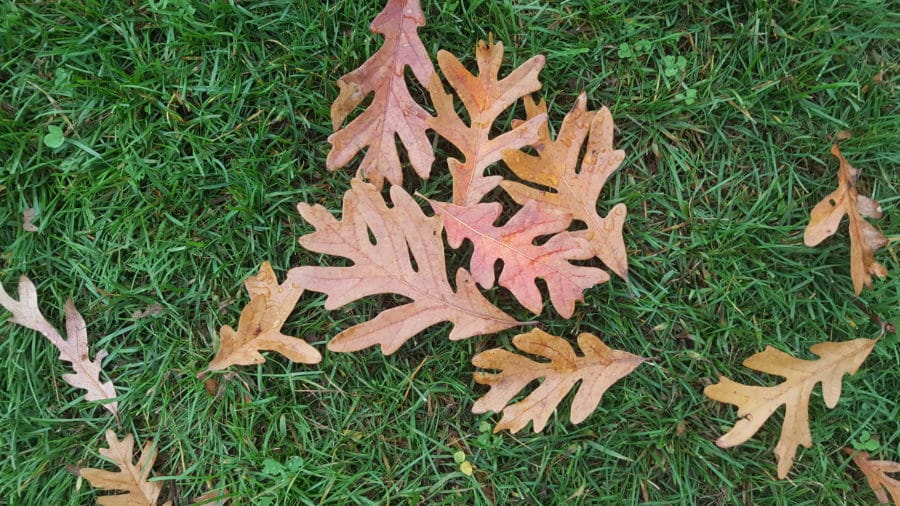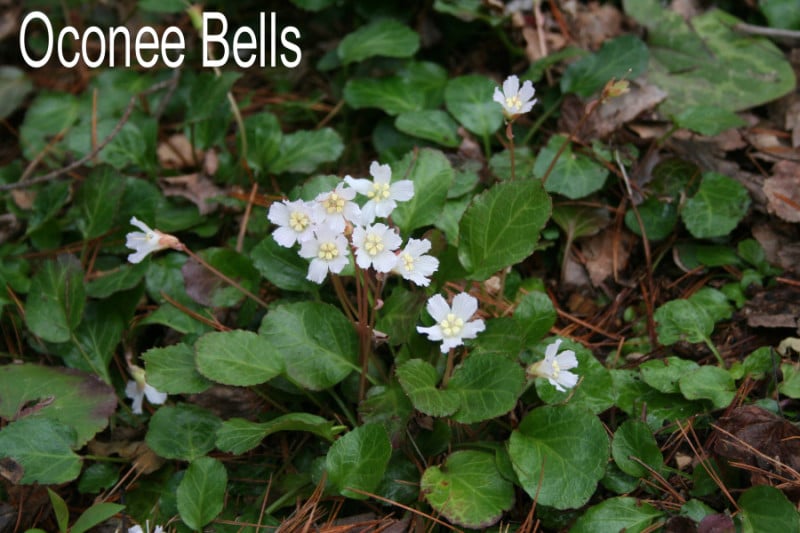Mr. Norcross, our founder, was enchanted by the Pine Barrens in New Jersey. During his life this precious habitat was open to extensive development for the military (Fort Dix and Edwards Air Force Base) and many new housing subdivisions that were springing up in the late 1950’s. It seems that he knew that it was special – it was one of those rare spots that could disappear in the blink of an eye as urban sprawl was beginning to happen. I heard stories that he loved to make the trip to southern New Jersey and drive around in places that were unique. He was obsessed with plants – he (as many people of his time) collected plants from the wild to plant in his new Sanctuary. He had his employees create several spots on the Sanctuary that would mimic the conditions of the New Jersey Pine Barrens.
Although today we would never collect plants from a habitat and move them here to Tupper Hill, it was a common practice during the development of the Sanctuary. Some of our most prominent botanists collected plants and moved them to their botanic garden or residence. Will Curtis, founder of Garden in the Woods in Framingham, collected many plants for his residence and garden as well. To our founder’s credit, Mr. Norcross was able to create a place where many of the unusual species of the Pine Barrens would thrive. Over the years the pine barren gentian (Gentiana autumnalis) has continued to bloom in our garden. It blooms so late, that some years it does not produce viable seed! Summer bloomers like white colic root (Aletris farinosa), grass pink orchid (Calapogon pulchellus) and rose pogonia (Pogonia ophioglossoides) have also continued to bloom each year in our garden.
Our biggest challenge here at the Norcross Sanctuary is maintenance of the garden. Although Mr. Norcross created a distinctive habitat for these plants to thrive in, the abiotic factors of sporadic fires and poor soil conditions are more difficult to maintain. Rather than burning our habitat (and potentially starting a forest fire) we cut the garden off from time to time. The cutting opens up the area as a fire would. The soil is not as sandy as that of the New Jersey Pine Barrens so the stunted or poor growth of some species is difficult to maintain. At Norcross the combination of no fire and deciduous trees and shrubs shedding their leaves in the fall creates a richer soil that is able to sustain a wider variety of plant species than you might find in a “barrens.”
The Pine Barrens garden at the Norcross Wildlife Sanctuary can give you an idea of what the larger reserve is like in New Jersey, presenting many of the tree, shrub and herbaceous species found there. I am thankful that both Mr. Norcross and the state of New Jersey decided to protect this rare and unusual habitat. It provides us with a view of some of our most rare and beautiful New England plant species.



